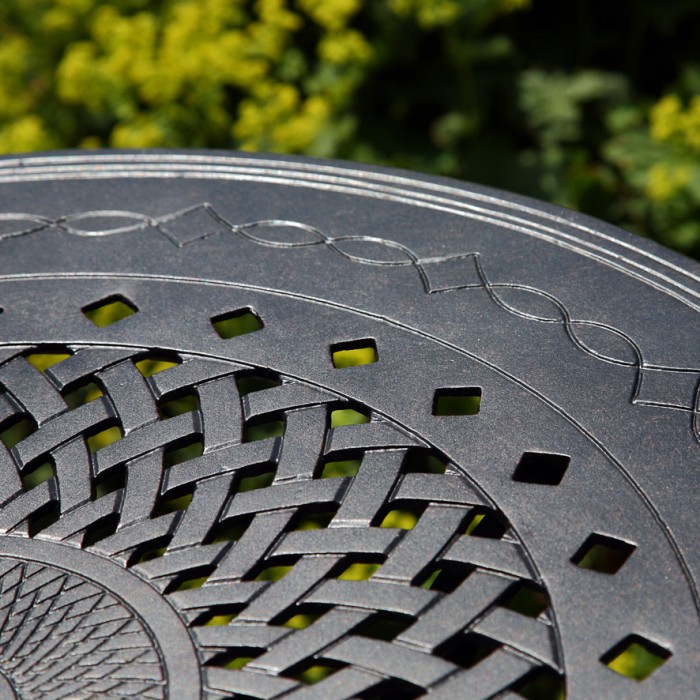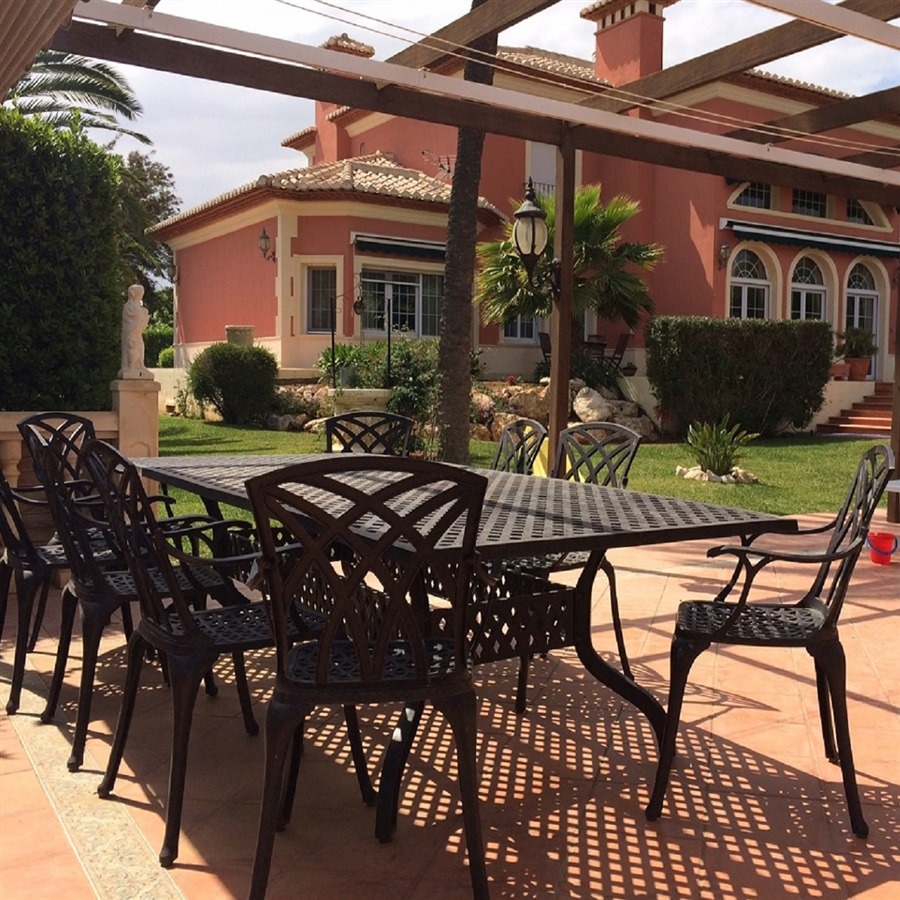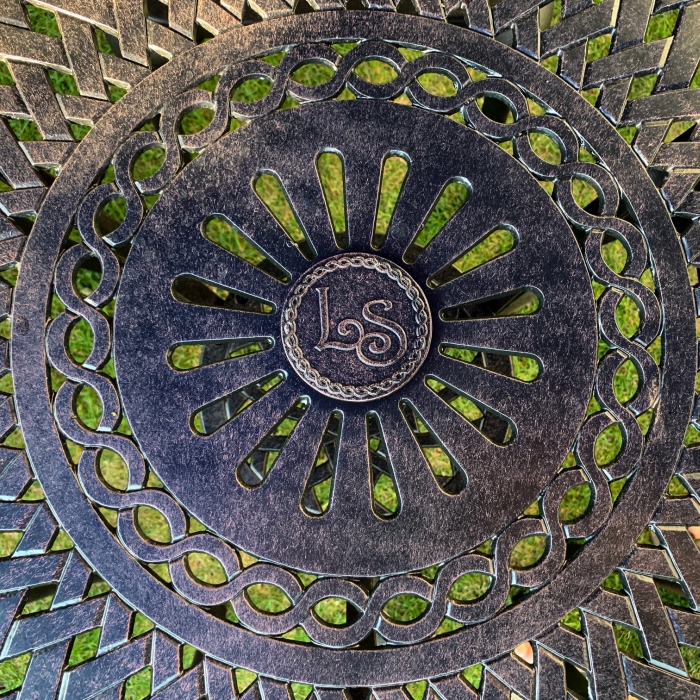We've published a few articles looking at the benefits and maintenance of cast aluminium outdoor furniture over the last few months. However, one aspect we've not clarified in those pieces is what it is? How is it made? Why do we choose to make the Lazy Susan garden furniture collection from this material?
One of the the things I love the most about Cast Aluminium is the weight, and the feel of it. It’s light enough to be easily lifted and moved, but it's also heavy enough to feel solid, stable, and unlikely to blow over in the wind. It feels quality to the touch too, well crafted and finished, like it's built to last. This is why Lazy Susan decided to sell Cast Aluminium, it was all about the quality and ability to stand up to the elements.
Cast aluminium is a material that combines the ability to withstand the elements, i.e. not rust, with the design flexibility of the sand-casting process. So not only do you have a durable weather-resistant material but you can also create intricate designs, which in the past were difficult to create, unless by a skilled hand and at great expense.
But what gives it that strength? What is the process that gives us a material which can withstand all that British rain? Well, essentially, there are two different types of processes used in the production of cast aluminium patio furniture: sand cast and die-cast.
Sand casting is a process whereby sand is used as the mould material, and molten metal is forced under pressure into the mould to create a solid piece of cast aluminium. Die casting on the other hand is the same process of forcing molten metal under even higher pressure into a mould cavity. However, with this method, the mould is created using two steel dies which are machined into the desired shape.

Each method gives us a material that's perfect for making premium-grade outdoor furniture, and it's these two types of casting processes that allow us the design flexibility we need to create the intricate looking pieces you see in the Lazy Susan collection. Just take a look at the close-up shot of our Anna Bistro table (shown above) as an example of the sophisticated designs we can now manufacture.
1. Sand Casting
Sand casting is by far the most common type of casting you’ll find being used in the manufacture of patio furniture in the UK today. We can build this type of cast relatively quickly and at a low cost. Generally, you tend to find this process is the go-to production method with smaller sizes and new companies, as well as those wanting to experiment or regularly launch new styles and designs.
Another reason that sand casting seems to be the production method of choice for the UK market is that you can produce a thicker, more substantial grade of aluminium. You’re not limited by the capacity of the machinery used the in die-cast process. The detail might not be as fine as what can be achieved with die casting, but you can still produce intricate decoration and ornamentation to a very high standard.
2. Die Casting
The second type of production method is die casting, whereby you take a hardened steel that can withstand the high temperatures and pressure of forcing molten metal into the mould. The strength of the mould material and the higher pressure it can withstand mean that the pieces of cast aluminium you can produce will have a more uniform thickness, more definition, better detail and a wider variety of finishes or textures that can be applied.
The downside of all that high quality is significantly higher costs and setup time compared to sand casting. However, if the piece proves to be a strong seller, then the economies of scale dictate that investing in die-cast moulds is highly beneficial. The same mould can also be used over and over before replacement or re-tooling is needed, not the case with sand casting. Additionally, because the entire process is automated, high-speed production can be achieved.
So which method of casting is best?
To be honest, that's a business decision, both methods have their place in our industry, and you can't say that one method is better than the other. Many manufacturers, Lazy Susan included, use a combination of both. It all depends on what a manufacturer is trying to achieve with their furniture. Are they trying to produce a lower-cost product? Does the product feature fine detailing? Will the furniture collection be around for a long time, or is it something they’ll produce for one season just to meet demand for the latest trend?

I would assume that most of the leading patio furniture brands in the UK such as Hanamint, Mallin, Woodard, Veranda Classics etc, will also use a combination of sand and die cast in their products. From a consumer perspective, both methods will produce long lasting pieces and deliver great looking furniture.
At the end of the day its all about quality control. Even our defected pieces are still of an extremely high quality, they may feature a blemish or two but we can still sell them through our Clearance section with confidence.




